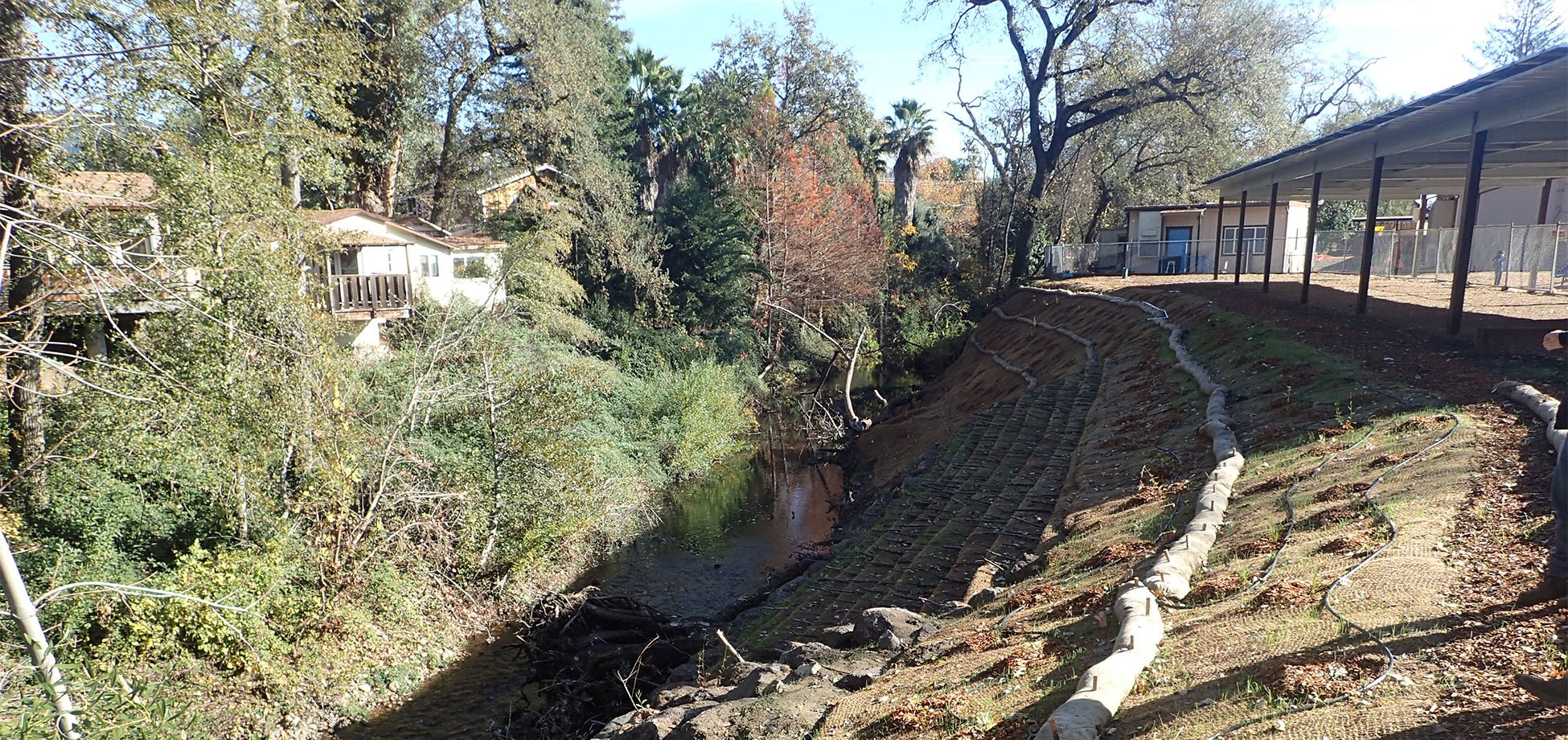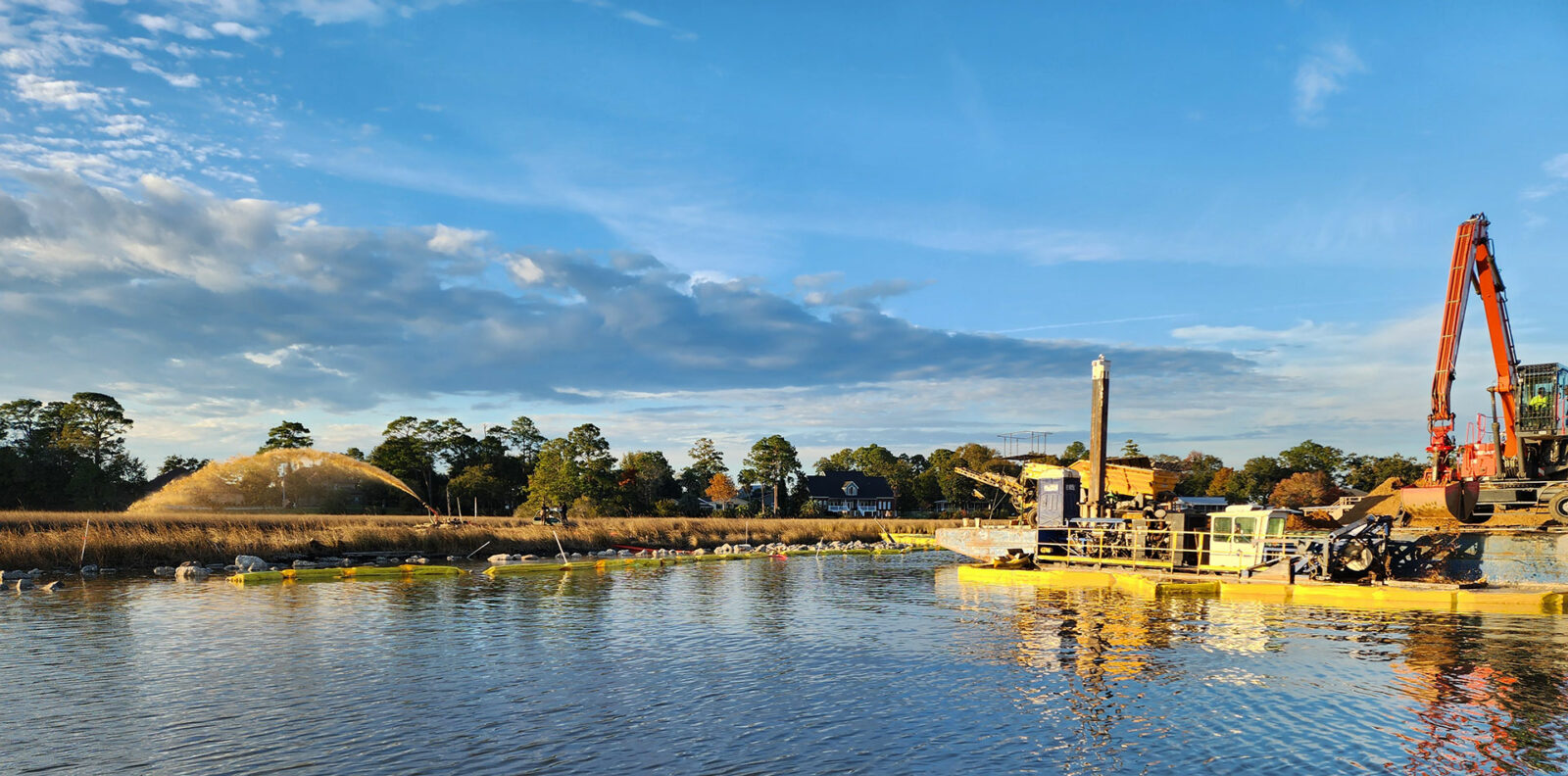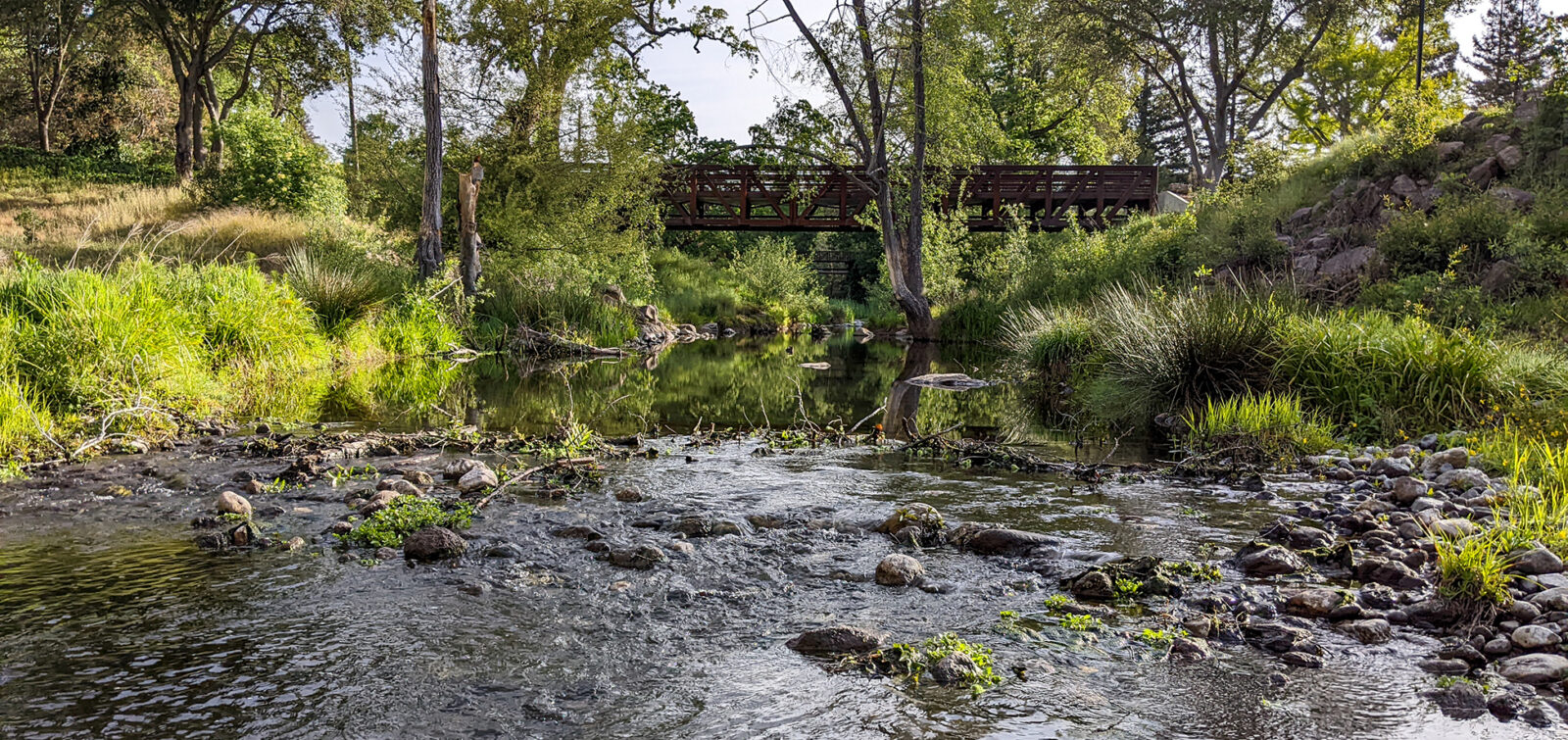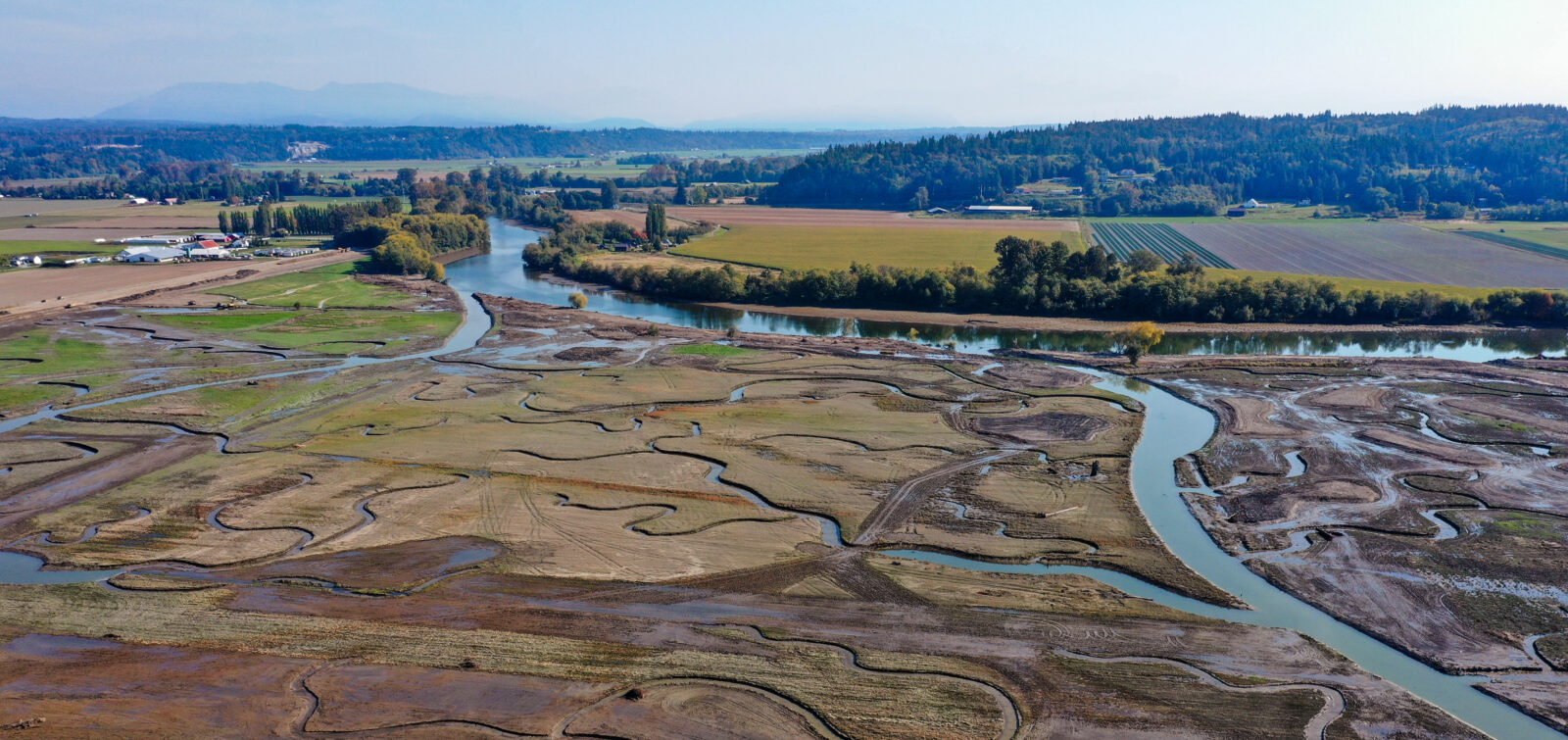During a series of major storm events over the winter of 2017, flood flows undermined the river bank bordering Calistoga Elementary School and caused significant bank failure along approximately 100 feet of the Napa River.
The ongoing erosion and potential streambank collapse threatened a recently installed solar array and posed an immediate risk to the health and safety of students and faculty. The Calistoga Joint Unified School District (CJUSD) secured emergency design and implementation funding through the National Resource Conservation Service Emergency Watershed Protection Program for the Calistoga Elementary Biotechnical Streambank Stabilization Project.
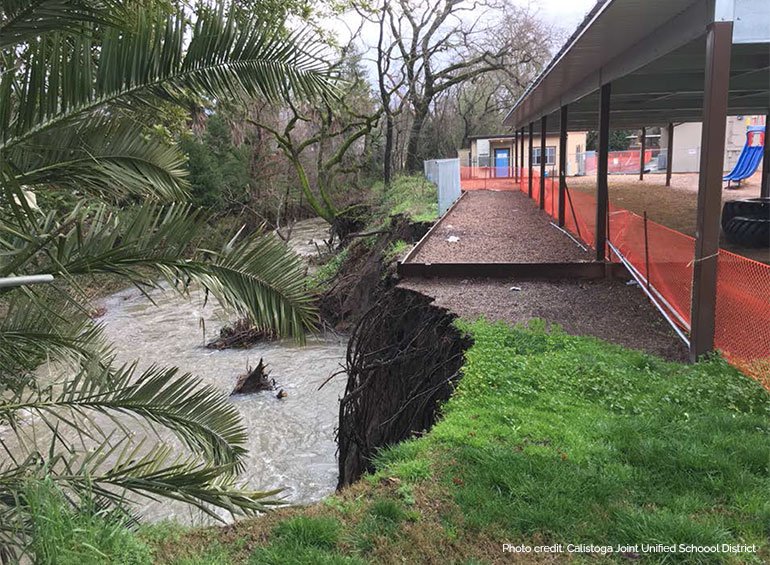
Before: The erosion along the streambank posed an immediate risk to the safety of students and faculty.
ESA, in collaboration with A3GEO , assisted the CJUSD by developing final construction plans and specifications for a biotechnical streambank stabilization aimed at creating a stable slope upon which natural riparian vegetation could establish. ESA also supported the CJUSD through the emergency permit approval process with the California Regional Water Quality Control Board, U.S. Army Corps of Engineers, and California Department of Fish and Wildlife.
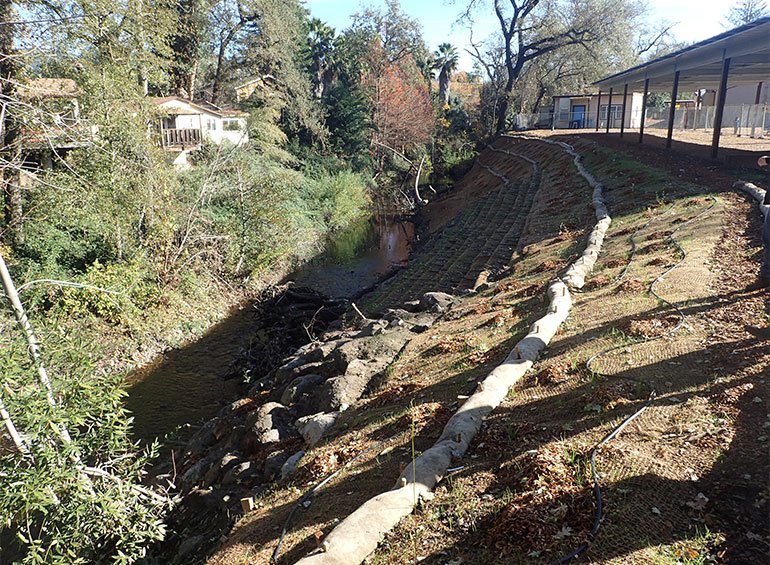
Post-Construction: The design team developed a solution to stabilize the slope and allow for revegetation.
After the biotechnical streambank construction was completed in the fall of 2017, vegetated rock slope protection on the lower bank, vegetated soil lifts on the upper banks, transitional grading, and native plant revegetation of shrubs, trees, and herbaceous plants were added. Live willow poles were incorporated into the rock structures to provide shade and cover to the river as well as reconnect up- and downstream segments of the intact riparian corridor. To enhance the stream habitat, the project also integrated large trees that had fallen during the bank failure into the vegetated rock slope protection to provide instream habitat.
As a condition of the permits, ESA’s restoration ecologist Stephanie Bishop and fluvial geomorphologist Jason White have been conducting annual site visits since 2017. Four years later, the project has been a success from both a bank stability and an ecological perspective. The rock slope protection withstood the wet winter of 2019 with major storm events and flood flows.
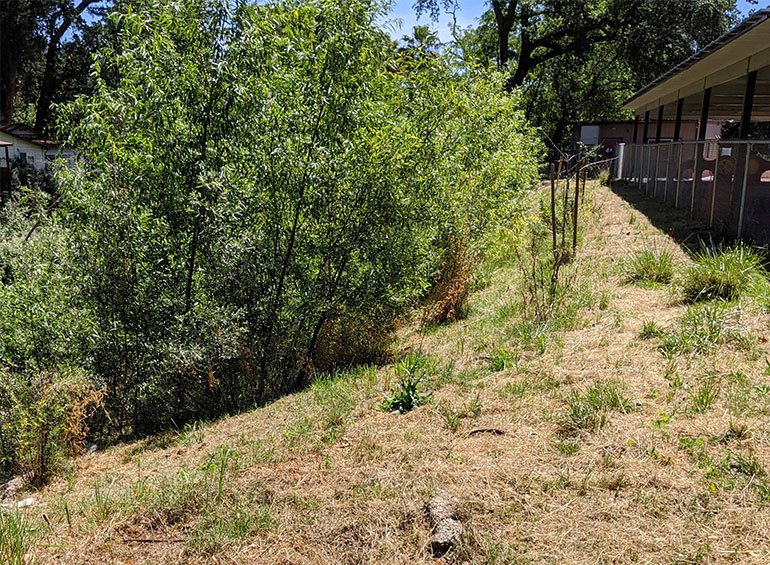
Four Years Later: Native vegetation is thriving.
The native vegetation is thriving at the site, providing quality riparian habitat where Calistoga Elementary School borders the Napa River—so much so that beavers have built dams and enjoy the willow bounty the project now provides. This project is a successful example of how a well-designed interface between built and natural environments can promote healthy and functional ecosystems within urbanized environments.
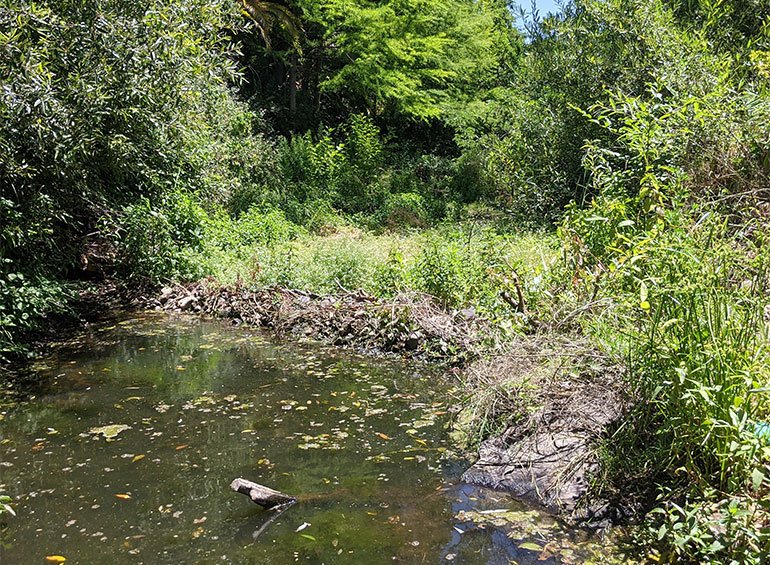
A beaver dam in the restored riparian habitat at the foot of the stabilized bank.
